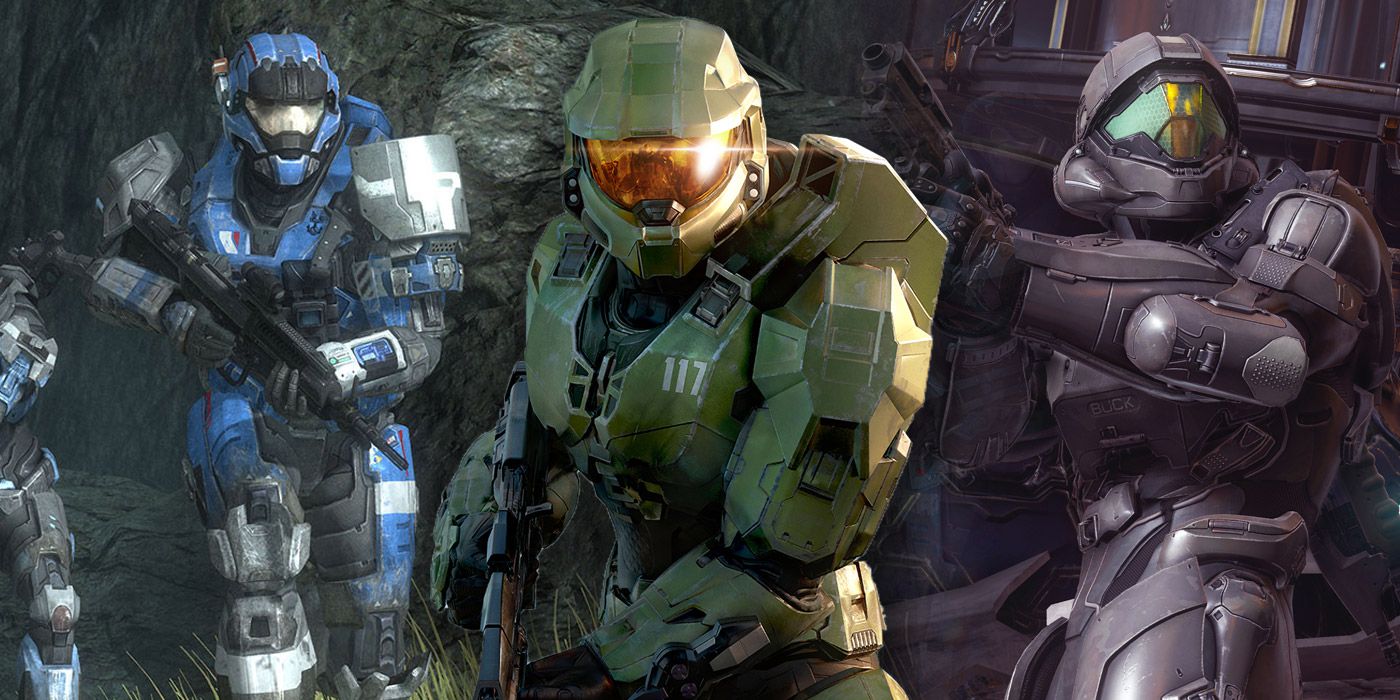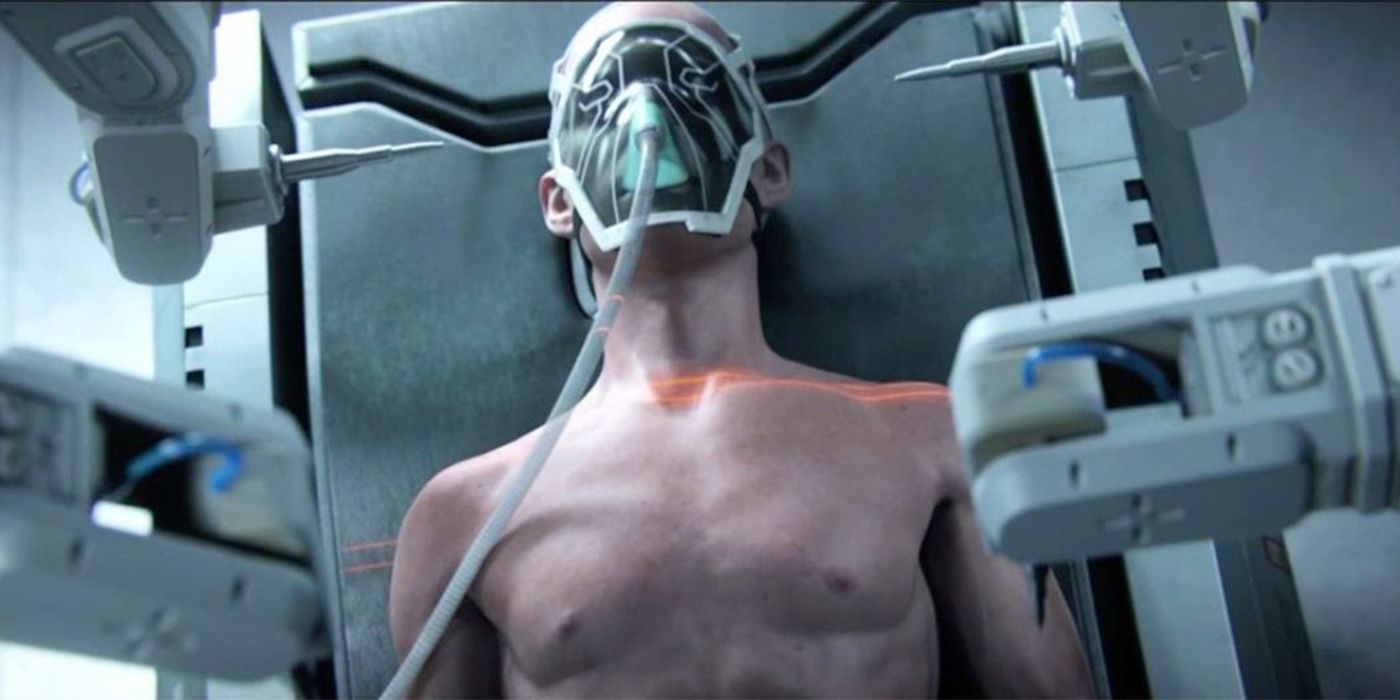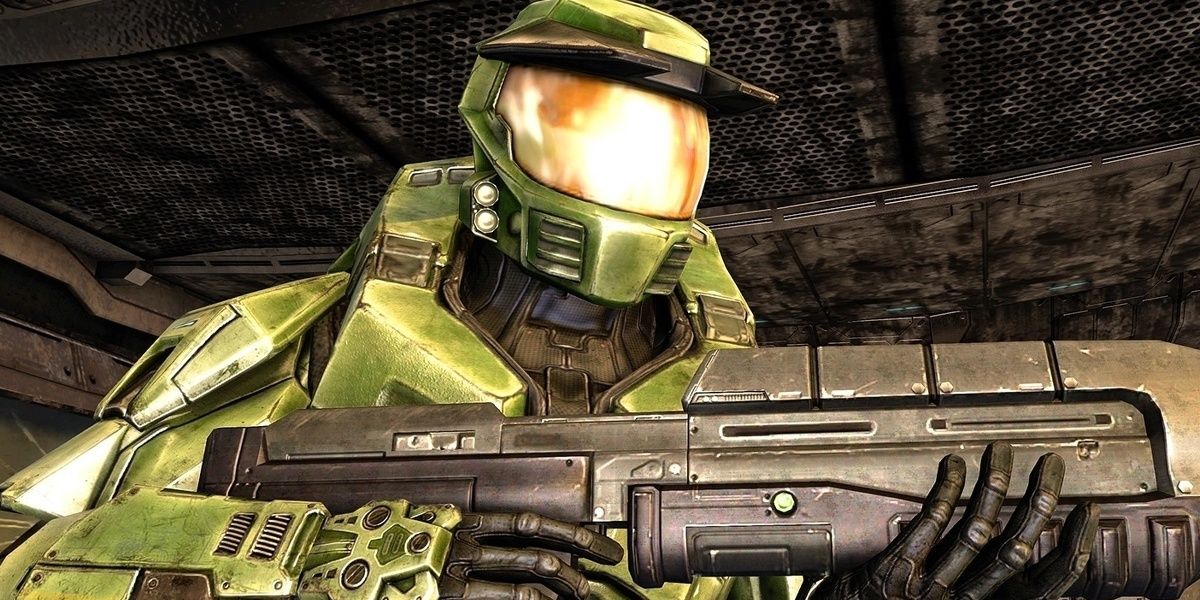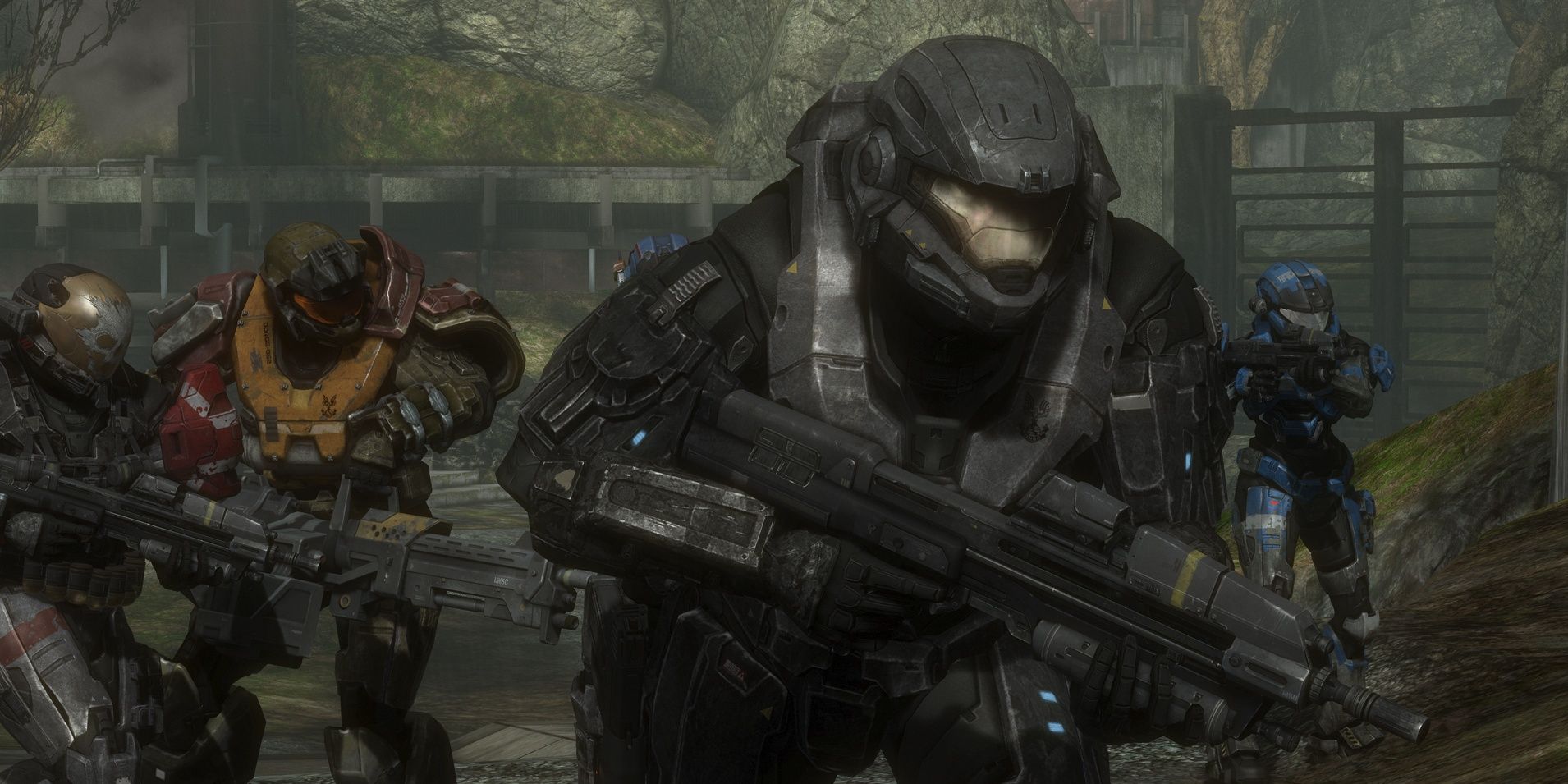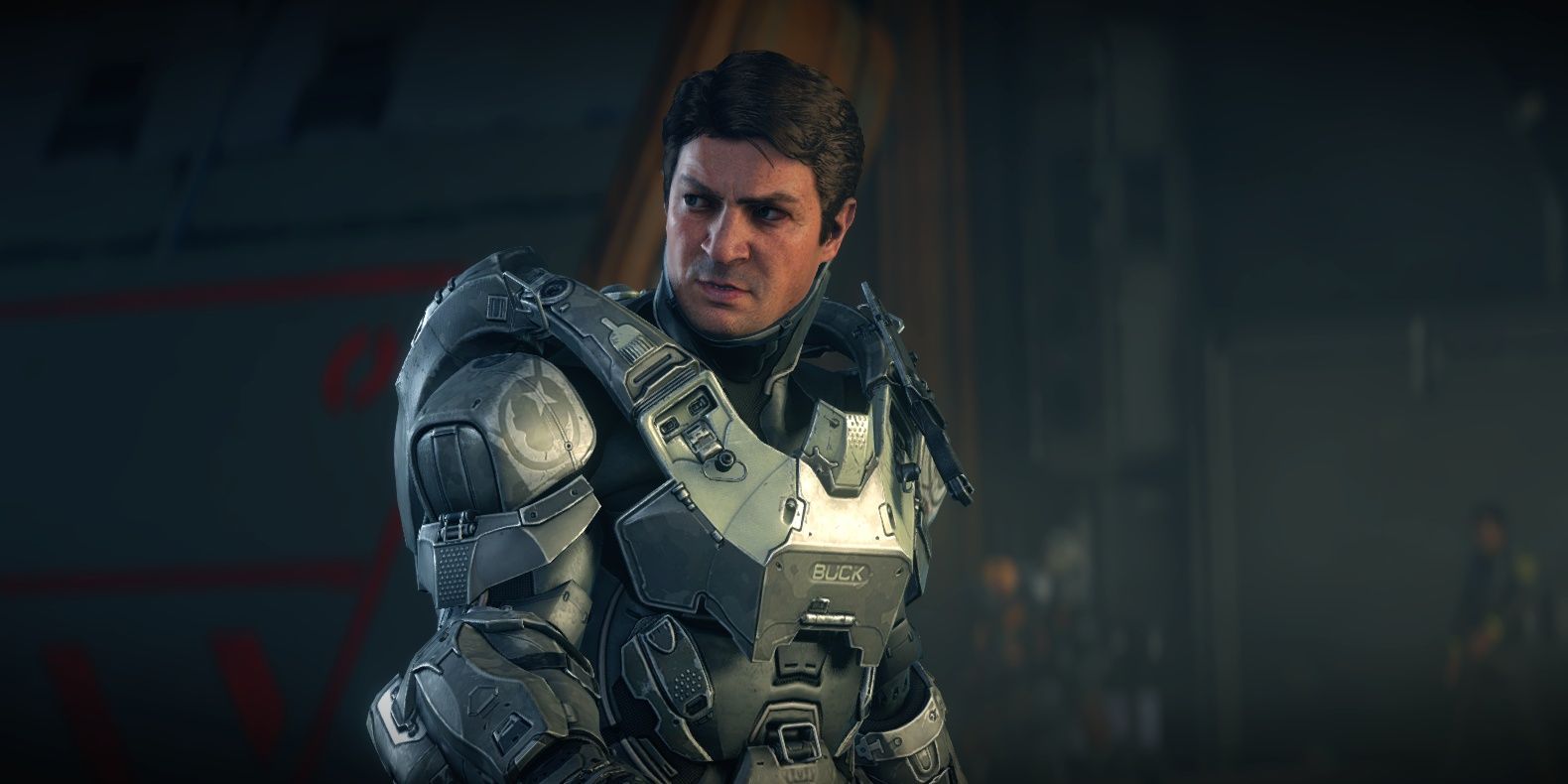The Halo franchise has managed to carve out a special place in the sci-fi shooter genre over the course of its two-decade lifespan, telling the story of the conflict between humanity and The Covenant, as well as branching out to other enemies in more recent entries of the franchise. Along with all of that comes an impressive stockpile of lore for fans to pour over, though there are few things as interesting as Spartans.
The iconic super-soldiers of Halo, Spartans – particularly Master Chief – have become video game icons. Their armor, while varied, is immediately recognizable by both fans and outsiders of the franchise. However, there's a lot more to Spartans than what's shown in the games, and understanding them can make the narrative of each entry in the franchise feel richer.
ORION Project
The SPARTAN program began in earnest with the ORION Project, a measure taken by the UNSC and ONI to create a new form of non-traditional super-soldier. The goal was to thwart dissent in the Outer Colonies, which, if left unchecked, would have catapulted humanity into a decades-long war against itself with millions of casualties. The ORION Project ultimately failed, however, as the candidates that took part in the project – typically UNSC special forces – were too old, and the screening measures for their DNA were inadequate.
The ORION Project was eventually refined into the SPARTAN-II program by Catherine Halsey, one of the key figures in the Halo games, though players don't see much of her until Halo: Reach. Halsey determined that the ideal candidates for such a program would have to be children, both because of their malleable DNA and their lack of deeply embedded pro-rebel sentiment due to their youth. Ultimately, Halsey believed this to be a necessary evil – it would cost the lives of children, but potentially save millions of others.
SPARTAN-II
The SPARTAN-IIs were named as such for a few key reasons, the first being that the ORION Project was funded for 300 candidates, which lined up with the historic Spartans being famous for the 300 Spartans that defended Greece at Thermopylae. Additionally, those Spartans were well-trained from a young age, just like SPARTAN-IIs were meant to be. The "II" is meant to honor participants in the ORION Project, and how they contributed to the SPARTAN-II program's success.
The backstory of the SPARTAN-IIs is surprisingly dark. Young children, each determined to have a specific set of traits desirable for super-soldiers, were kidnapped from their families and replaced with clones that died shortly thereafter. One of these children would go on to become the Master Chief that fans of the franchise know so well, who also just so happens to be Halsey's favorite candidate.
Together, the candidates went through years of rigorous training and indoctrination, including genetic augments that killed or crippled many of the children. Much like the ORION Project, SPARTAN-IIs were intended to put an end to the rebellions in the Outer Colonies. However, those plans changed when the Human-Covenant war began in 2525. The Human-Covenant War also sped along the creation of Mjolnir armor, the iconic armor Master Chief wears in the game, numerous versions of which have since been created. Of course, other versions of armor also emerged for Spartans later on.
SPARTAN-III
Somehow even more morally questionable than the SPARTAN-II program, SPARTAN-IIIs were a mass-produced alternative to their precursors. This time, however, ONI and the UNSC used revenge-fuelled orphaned children from colonies destroyed by The Covenant to create super-soldiers. SPARTAN-IIIs had more intense training than previous Spartans, but they were sent on missions that were more dangerous and died more frequently as a result.
The SPARTAN-III program was primarily helmed by Colonel James Ackerson, though it also received support from Kurt-051, a SPARTAN-II who helped train the new generation of Spartans. Many in the SPARTAN-III program were trained on the planet Onyx, which was a massive Forerunner installation. Eventually, however, Onyx was the site of a conflict between the UNSC, Covenant, and the planet's Guardians, which ended in it being disintegrated.
Fans will likely be most familiar with Noble, the squad of Spartans from Halo: Reach. The team is primarily comprised of SPARTAN-IIIs, the only exception being Jorge-052, who was a SPARTAN-II. All members of Noble ended up dying during the events on reach, except for Jun-A266, who was selected to lead the next – and current – generation of Spartan super-soldiers for the UNSC. Plus, the new generation is far less of a moral grey area than the others are.
SPARTAN-IV
Instead of turning brainwashed children into alien killing-machines, the SPARTAN-IV program instead opted to use consenting adults. With the help of Jun, the program turned promising soldiers into Spartans, though the genetic augmentations aren't as extreme as prior generations. However, their armor is more advanced, balancing things out a bit. While previous generations of Spartans were kept secret from the public until well into the Human-Covenant War, by the time the SPARTAN-IV program rolled around, the programs had gone public as a way to boost morale among UNSC forces.
SPARTAN-IVs are augmented at a facility on Mars, though they're trained at a top-secret location. Hundreds of Spartans from the fourth generation serve on the UNSC Infinity, which is featured prominently in Halo 4, the first entry in the series helmed by 343 Industries. SPARTAN-IVs serve in their own dedicated branch called "Spartan Operations," unlike previous generations that followed different chains of command.
Those that played Halo 5 will be familiar with some key SPARTAN-IVs. Much of the game was spent in the shoes of Fireteam Osiris, which is comprised of SPARTAN-IVs Locke, Buck, Tanaka, and Vale. It's unclear what kind of role Fireteam Osiris might play in Halo Infinite, as they haven't shown up in any marketing material despite being central to Halo 5's story. Halo 4 and Halo 5 received mixed receptions for their narratives, so it's possible that Fireteam Osiris will be set aside to focus on Master Chief.
Halo's lore runs far deeper than what the games show, with dozens of books based on the series expanding what fans know about the franchise. Plus, the Halo Reach Collector's Edition featured Dr. Halsey's journal as an additional item, which offers insight into her own thoughts and feelings about Spartans. Halo Infinite could give more insight into Spartans and their creation, or it could offer a grounded look at Master Chief as a person.

